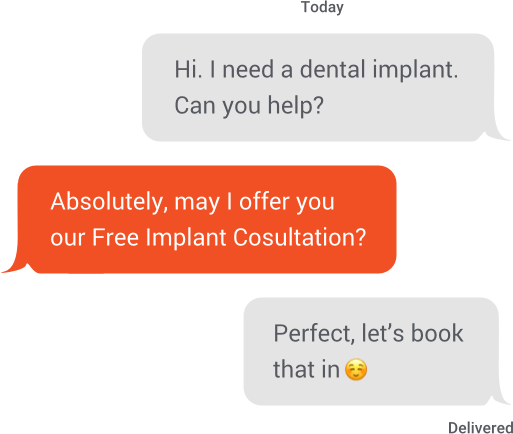While it’s not an everyday procedure, dental fissure sealants (also known as a ‘pit and fissure sealant’ are protective coatings that are commonly applied to your most-used ‘chewing’ teeth – often, your back molars.
Having this layer applied will help reduce the risk of decay, tooth cavities and plaque build-up, and it’s a fast and pain-free procedure – think of it as a little extra insurance for those hard-working back teeth.
The sealant itself is often a white or clear composite resin (not too different from the substance used for a white tooth filling).
So, what is a fissure?
In dentistry, it refers to the “grooves and pits” of your back molar teeth – these are the kinds of areas where food can easily get caught and missed by your regular brushing and flossing routine.

What kind of patient would benefit from this kind of sealant?
Dental decay can occur at any age, yes, even in those baby teeth! These sealants can be applied to the premolars and molars of everyone from children to teenagers to adults – your dentist is the best person to know if you’re a good candidate for this procedure, as they will have an ‘all-access’ view of your teeth during check-up time.
Not everyone will need a fissure sealant, but regular check-ins with your dentist (especially for kids as their adult teeth are emerging) is the best way to ensure you can get the right treatment as soon as possible. Teeth will benefit from having the sealant applied as soon as the ‘at-risk’ teeth are grown in!

It’s understood that younger kids (who may not have their flossing and brushing routine down to a fine art yet) are more likely to develop cavities, so it’s a dental fissure sealant is an excellent preventative way of protecting teeth in a quick and easy procedure (which we’ll go into in more detail below!).
What should I expect in the dentist’s chair?
If you’re in for a fissure sealant procedure – relax! Like much of dentistry nowadays, it’s a painless and easy application. No anaesthetic is required, nor are there drills of any kind (especially ideal for young kids who find a dentist visit extra daunting!).
You’ll get settled in first, and then either your dentist or dental hygienist will clean and dry the tooth (or teeth) having the sealant applied. They will then ‘scratch’ a little at the tooth surface (this helps the sealant to stick to the tooth – kind of like priming a canvas before you paint!).
After another rinse and dry, the sealant is applied, and you might need a UV light to ‘develop’ and harden the seal – all of this application process takes just minutes, so there is no need to clear your calendar.
The average sealant will last at least a few years – when done properly, it can last a significant amount of time (around 10 years!), making it an even more convenient procedure.
Like all of your teeth, even with a sealant, you’ll want to take care to continue flossing and brushing these back molar ‘chewing’ teeth, and – you can guess what we’re going to say next – visit your dentist every 6 months to make sure everything is looking healthy.
If you’re curious about a dental fissure sealant for your teeth, visit ProudSmile today to discover how simple, painless and relaxed dentistry can be. We’re here when you need us!








